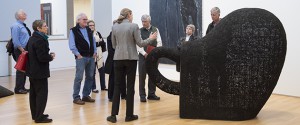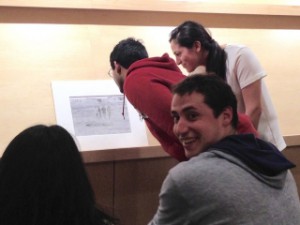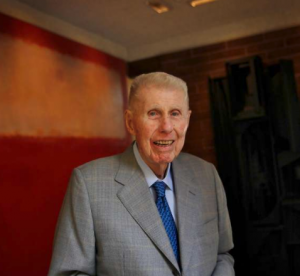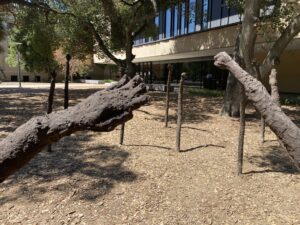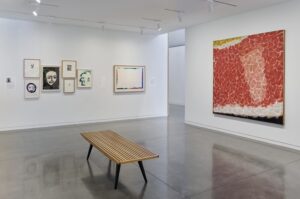Senate visits the arts district to discuss the humanities
… Anderson Collection at Stanford University, the Faculty Senate gave members the opportunity to visit the newest addition to the university’s growing arts district and to take guided tours of the galleries. “I hope one thing that gets accomplished this afternoon is that you have the chance to see – for those of you who don’t spend time in this area – just how much the arts district is blossoming,” said Richard Saller, dean…


